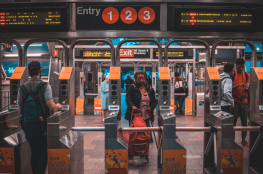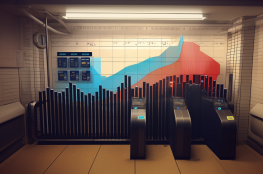The Metropolitan Transportation Authority (MTA) Blue-Ribbon Panel on Fare Evasion released its first report, outlining a number of proposed improvements, during a press conference on May 17th. The report was intended to address the growing issue of fare evasion.
The report notably devotes four pages (55–64) to discussing four areas where the MTA intends to implement changes: education, equity, environment, and enforcement.
The first of the four areas, education, involves a comprehensive communication strategy to inform riders about the consequences of fare evasion and the critical role fares play in maintaining and improving the transportation system. The aim is to foster a culture of responsibility and community among passengers.
Equity, the second aspect, involves better assistance for low-income New Yorkers who require assistance with transportation costs, ensuring that everyone pays their fair share.
The third area, environment, addresses the need for physical changes to the MTA’s infrastructure to limit opportunities for fare evasion. This includes changes to the physical entry and exploring the potential use of new technologies.
Finally, enforcement is about strengthening penalties for fare evasion and ensuring they are applied consistently and fairly. The MTA aims to work closely with law enforcement to ensure that evasion is deterred while avoiding measures that might disproportionately affect marginalized communities.
The MTA’s commitment to these four key areas of change underscores its dedication to maintaining an equitable, efficient, and sustainable public transportation system. As the MTA moves forward with implementing these proposals, riders can expect to see a renewed focus on fairness, awareness, and improved infrastructure.
Visit this link to view the complete report.



